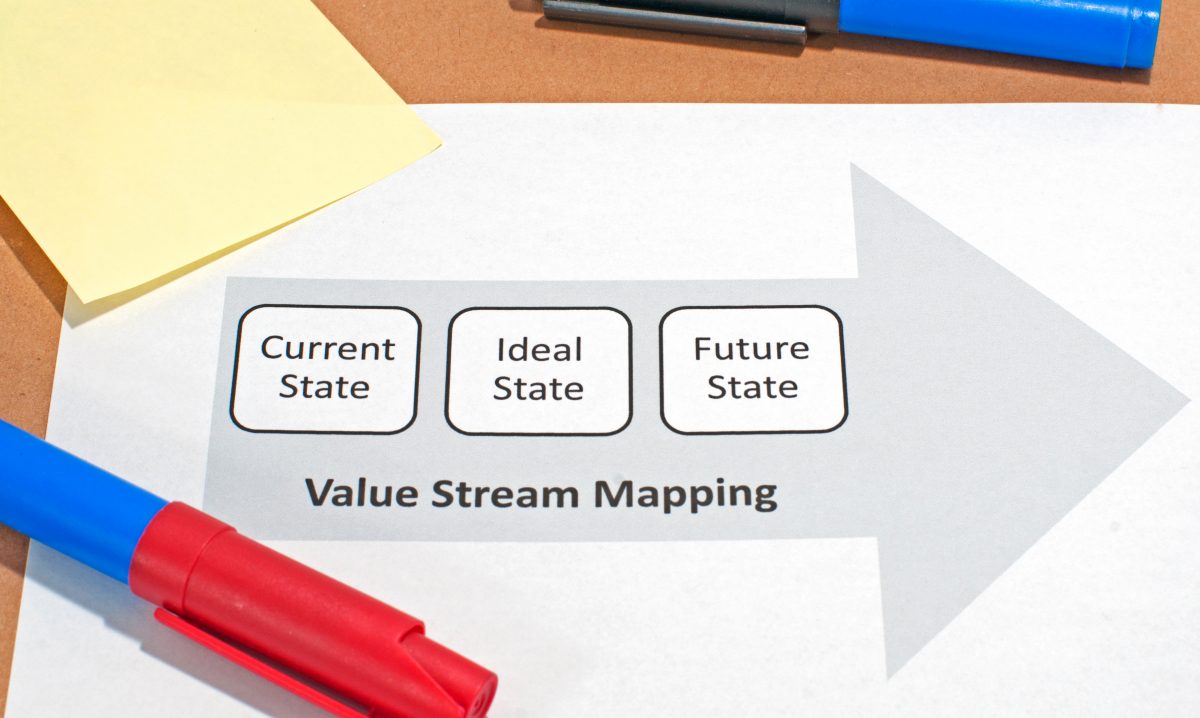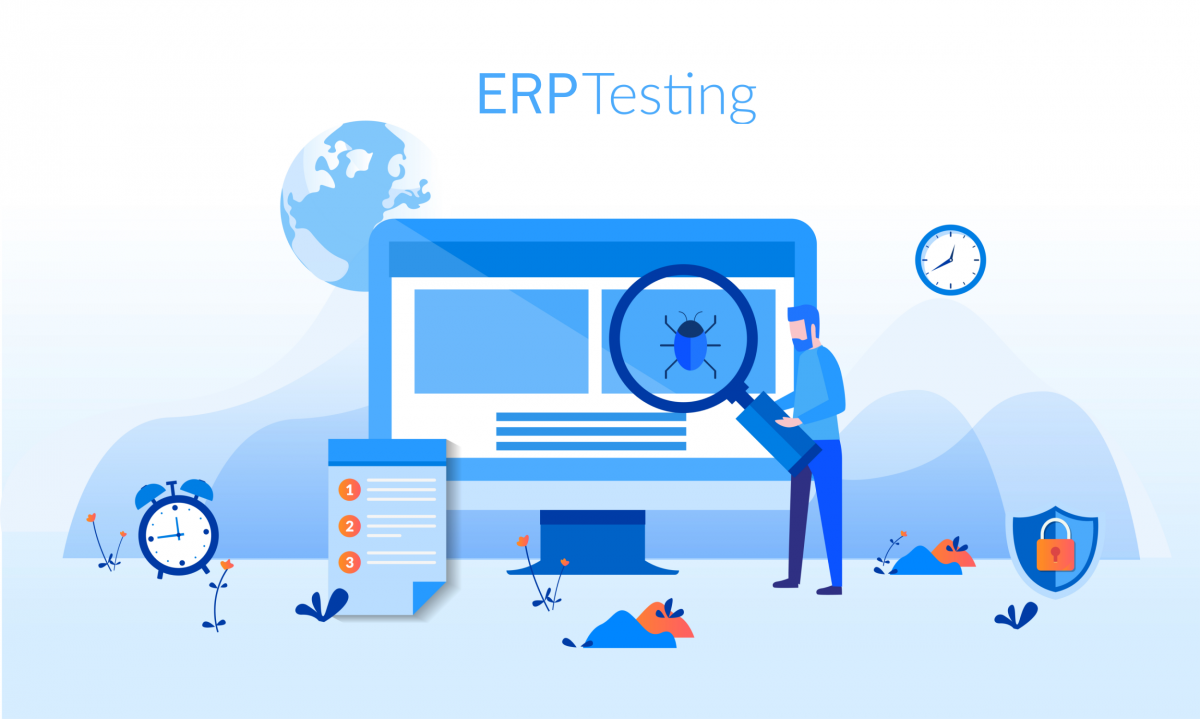When we began our Agile journey, we got off to a flying start. The pilot team loved the collaborative development process and responded well to the coaching. The customers who used the product were enthusiastic in their adoption. Then we took the methodology to the next set of teams and reality set in. The sponsor of the second team came to me during the second sprint asking for us to change his project back to a waterfall project because he needed to reassign his team members to address urgent customer issues. The third team put together a plan that looked a lot like a waterfall project broken down by sprints. Early sprints focused on design and build, later sprints on testing, and no minimal viable product was available until the end of sprint seven.
We had tried to do Agile work utilizing resources who had a traditional waterfall mindset. In a traditional environment the responsibility for delivering a solution belongs to IT, an integration partner or a supplier. Agile teams must want and take responsibility for their product and realization of its outcomes. This requires mutual respect, collaboration, continuous improvement, ongoing learning, embracing feedback, pride in ownership, focus on delivering value, and the ability to adapt to change. We found that some people who came from a traditional background found the agile way of working liberating and motivating, while for others the agile approach made them uncomfortable and unproductive. Our experience demonstrated that unless the agile team had an agile mindset, they would never be highly effective.
We had embraced the concept that being successful with digital tools in a digital world required using an agile development process, so agile success was an imperative. To ensure success we updated our project and team screening processes to ensure we would have teams and sponsors who embraced an agile mindset. Digital projects whose sponsors could not support the agile way of working were deferred. We seeded teams with people who had demonstrated their agile mindset to accelerate the required cultural change. For one, those people demonstrated the agile values, and secondly, they quickly pointed out team members who where not on board. Team members who could not embrace the agile mindset were reassigned back to traditional work. Agile teams routinely deliver extraordinary results. As in other areas of business this requires teams that are highly capable. Leaders must be able to pick team members who bring the right skills and attitude to the job. In the agile world this includes the ability to identify and develop people with an agile mindset.




